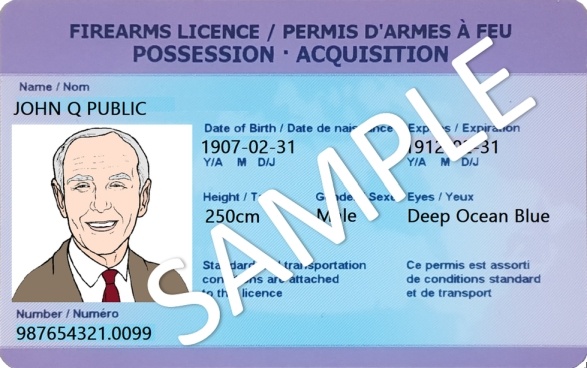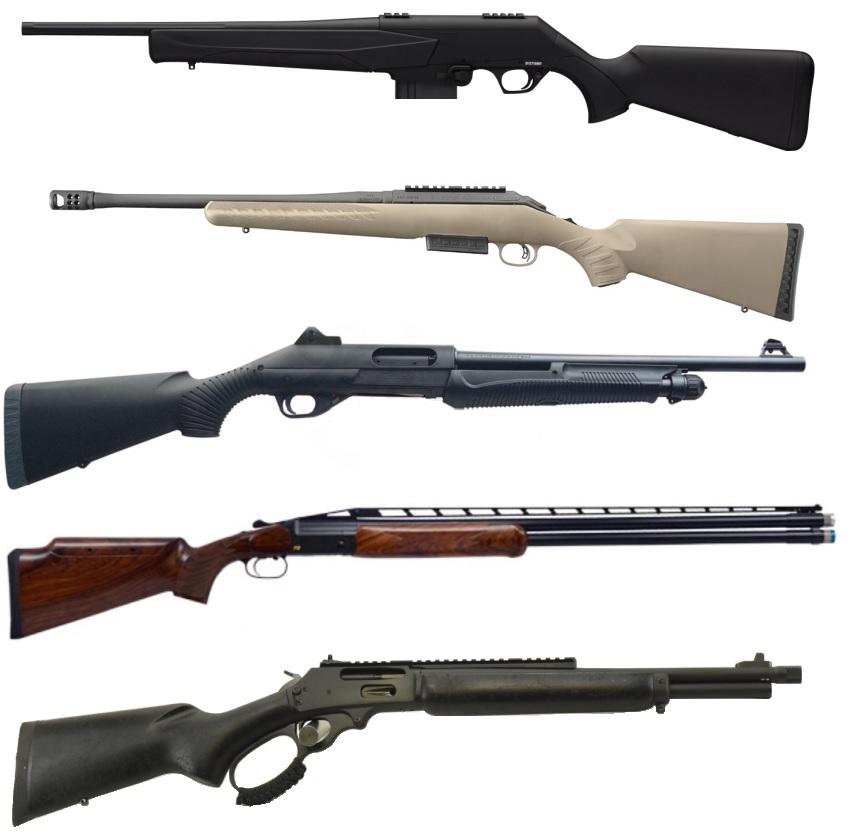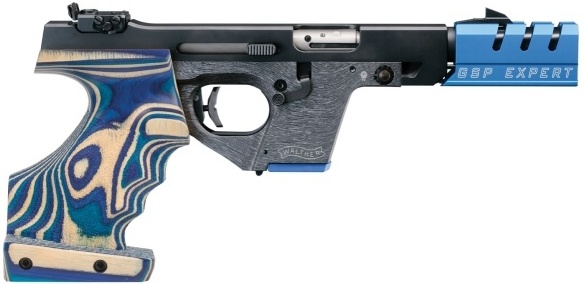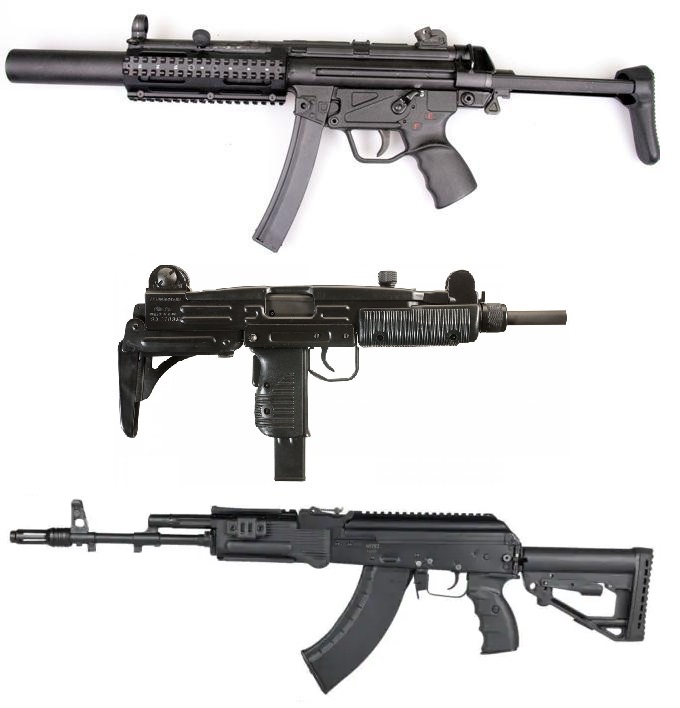There are three legal classifications of firearms in Canada: Non-Restricted, Restricted, and Prohibited. In order to purchase and/or possess a firearm of a particular legal class, you must have a firearms licence with the appropriate privileges for that class of firearm.

Standard PAL licence
If you wish to own a rifle or shotgun that can be used for hunting, you require “Non-restricted” privileges attached to your firearms license. A pre-requisite for this class of licence is to take the Canadian Firearms Safety Course (CFSC) and exams.
Restricted PAL licence
If you wish to purchase a firearm that is intended for target shooting (only at an approved shooting range), or for collection purposes (most handguns and many rifles and shotguns) then you require “Restricted” privileges attached to your firearms licence. The requirement for these privileges on your firearms license is to take the Canadian Restricted Firearms Safety Course (CRFSC) and exams. The CRFSC course is also a requirement for many law and security employment applications.
Can I get a PAL licence to own Prohibited firearms?
No firearms licenses with “prohibited” firearm privileges are issued to new licence applicants. There is an exception if the new applicant is inheriting specific prohibited firearms from an immediate relative. As a general rule, the firearms licence with the maximum ownership and possession privileges that a new applicant can obtain in Canada is the Possession Acquisition Licence (PAL) with restricted privileges, frequently called an “RPAL licence” or “Restricted PAL”.
Remember that all firearms, regardless of legal classification, must be stored, transported and displayed in accordance with very strict guidelines spelled out in the Firearms Act and its Regulations.
Firearm owner’s need to be aware of, and abide by, the laws at all levels of government including Federal, provincial and municipal laws. For example, some provincial hunting regulations have requirements that firearms being transported be unloaded and encased after sunset and a 1/2 hour before sunrise.
For more information about the history of firearms and licencing in Canada, the RCMP has a very informative web page dedicated to the subject called the “History of Firearms in Canada“, which lays out licensing milestones in a concise timeline format.
Non-restricted firearms
These include all shotguns and rifles that can legally be used for hunting. You need a firearms licence (PAL) to buy, own, or possess them. Air rifles achieving a muzzle velocity of at least 500 feet per second also fall into this category.

Restricted firearms
These can include handguns, rifles, or shotguns. Hunting with restricted firearms is not allowed in Canada. Some firearms may be classified as restricted based on one, or a combination, of physical attributes such as: barrel length, overall length, the ability to fold below a certain length, the ability to be aimed and fired with one hand, and the method of operation. Certain rifles and shotguns are deemed to be restricted firearms in the Criminal Code of Canada and its Regulations, regardless of any of the above physical attributes. Air pistols achieving a muzzle velocity of at least 500 feet per second also fall into this category.
An Authorization To Transport (ATT) is required to transport a restricted firearm from the location where the firearm is registered to any other location. An ATT is only issued for certain approved circumstances and limits the conditions (specific dates, times, and locations) that it can be transported. In addition to the ATT the firearm owner must also possess an RPAL licence and the registration certificate for the firearm being transported.
There is a very strict provision for individuals who have a demonstrated need for restricted firearms for lawful profession, or protection against predators in the wilderness that they may obtain an Authorization To Carry (ATC). This is usually limited to licensed trappers and other professions that involve remote wilderness work or otherwise require a handgun.

Prohibited firearms
These include certain handguns, rifles, and shotguns, as well as all assault rifles, sub-machine guns, and machine guns. Some firearms are classified as prohibited based on physical attributes such as: barrel length, illegal physical modifications to barrel or overall length, calibre, and the method of operation. Certain rifles and shotguns are deemed to be prohibited firearms in the Criminal Code of Canada and its Regulations, regardless of any of the above physical attributes.
This classification includes all fully automatic firearms, converted automatic firearms, “sawed-off” firearms that have barrel cut down in length, handguns with a barrel length less than or equal to 105 mm, handguns in .25 or .32 calibre, and other firearms which have been deemed to be “prohibited firearms” in the Criminal Code of Canada and its Regulations.
Firearms privileges for “prohibited” firearms on a firearms license are issued only to individuals who have owned particular firearm that was not prohibited at the time they originally purchased or acquired the firearm, but then became prohibited at a later date through legislation. These individuals are commonly referred to as “grandfathered” individuals, and their license will have the specific privileges for their specific prohibited firearm. The immediate relative of “Grandfathered” individuals may inherit this privilege in certain circumstances.

Next of kin of grandfathered individuals
“12(7) A particular individual is eligible to hold a licence authorizing the particular individual to possess a particular handgun referred to in subsection 12(6.1) that was manufactured before 1946 if the particular individual is the spouse or common-law partner or a brother, sister, child or grandchild of an individual who was eligible under this subsection or subsection (6) to hold a licence authorizing the individual to possess the particular handgun“
Firearms Act, https://laws-lois.justice.gc.ca/eng/acts/f-11.6/page-3.html#docCont
